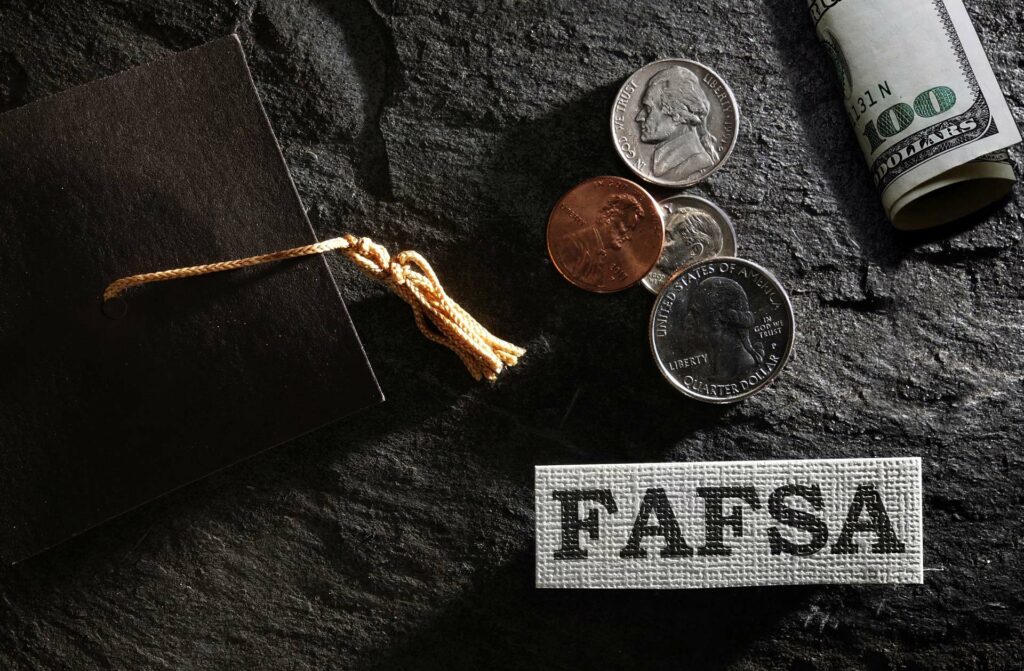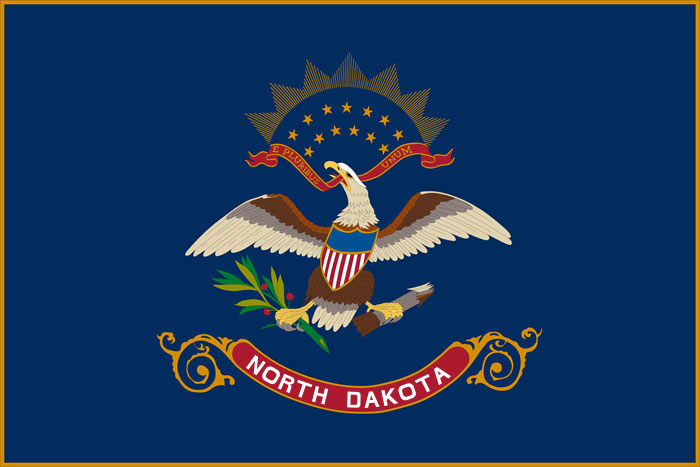The Free Application for Federal Student Aid (FAFSA) is the first step in the college financial aid process. It must be completed every year by students seeking financial aid. Financial aid includes grants, scholarships, work-study programs and student loans.
Why complete the FAFSA?
- It’s FREE! Don’t let anyone scam you and offer to complete it for a fee. The time you spend completing it could result in thousands of dollars to help you pay for college.
- It’s easy. Some students and their families may have to answer as few as 18 questions. Your federal tax information can also be imported from the IRS, so you don’t have to worry about entering the information manually.
- It’s fast. According to Federal Student Aid, students filling out the FAFSA for the first time will only need 30-60 minutes to complete it, with FAFSA renewals taking 30 minutes or less.
- You may qualify. In previous years, billions of dollars in federal grant aid were unclaimed, and 930,000 additional students may qualify for the Pell Grant, which is up to $7,395 for the 2024-25 school year. Even if you don’t qualify for grant aid, you could qualify for a federal student loan and have no obligation to take it if you don’t need it.
- It may be required. Many states, schools and other scholarships may require a completed FAFSA to be eligible for college funding. In North Dakota, your FAFSA is the application for the North Dakota State Grant.
Financial need
Most financial aid is based on financial need. Financial need is the difference between the college’s cost of attendance and your Student Aid Index (SAI) and other financial aid (OFA). The cost of attendance is determined by the school and includes tuition and fees, books, supplies, housing and food, personal expenses and transportation.
The SAI is calculated from the information you put on the FAFSA. It is affected by dependency status, household size, income and assets.
Cost of attending school – Student Aid Index – other financial aid = Financial need
Some people mistakenly believe they won’t qualify for financial aid because they make too much money or have too many assets. Almost every student qualifies for an unsubsidized Federal Direct Student Loan, so it is important to complete the FAFSA. Even if a student loan isn’t necessary, it’s a good idea to complete the application because it will identify any grants or scholarships available to you.
Video Library

BND has a series of videos to help you complete the FAFSA. There are three hourlong recordings to guide you through the process as you prepare for and complete the FAFSA, and what to expect after completion. You’ll also find brief videos that answer common questions.
Click here to access the playlist.
Completing the FAFSA
This process has been greatly simplified. If you have the following information at your fingertips, it takes most people about 30 to 60 minutes to complete.
Federal Student Aid ID (FSA ID)
The FSA ID, which is also referred to as a StudentAid.gov account, is an account username and password that allows students and parents to log in to studentaid.gov to complete the FAFSA, make corrections to the FAFSA and manage federal student loans in the future.
The student and any other people contributing federal tax information, like parents, will each need to create one at least three business days prior to completing the FAFSA. You create this online at studentaid.gov
Other information needed
In addition to the FSA ID(s), the following information may be needed to complete the FAFSA.
- Student’s Social Security Number and date of birth.
- Parent contributors no longer need Social Security Numbers to get FSA IDs. An Individual Taxpayer Identification Number (ITIN) may be provided. If a contributor doesn’t have either, they will go through a separate verification process to verify their identity.
- Federal tax return of the parent, and if applicable, the student.
- Untaxed income records which include veteran’s non-education benefit records and workers’ compensation.
- Assets which include the balance of cash, savings and investments. Beginning with the 2024-25 FAFSA cycle, assets like child support received, the net value of farms, ranches or businesses are also included.
- Alien registration or permanent resident card if not a U.S. citizen.
- List of schools you are interested in attending.
Need more assistance to complete the FAFSA?
Bank of North Dakota has created a series of videos to answer common questions on the FAFSA about items like what you need to get started, who needs to file the FAFSA, and the difference between being a dependent or independent student. The Federal Student Aid website where you complete the FAFSA also provides the ability to request help with specific questions.
Application dates
While there was a one-time delay for the 2024-25 academic year, you would typically submit the FAFSA as soon as possible starting October 1. Some financial aid is awarded on a first-come, first-served basis.
To learn about some of the recent changes to the terms, processes and formulas on the FAFSA form, click here for a FAFSA fact sheet (PDF).
The process after you complete the FAFSA
When you complete the FAFSA, you list schools that you’re interested in attending. Your FAFSA information is sent to those schools, and the ones that you’ve applied to and been accepted to will send you offers of financial aid stating how much you can receive in financial aid. In addition to grants, scholarships and work-study programs you may qualify for, the letter will provide information on the type and amount of federal student loans you can receive. If you still need additional funds to attend college, Bank of North Dakota’s student loan program may be a good option for you.
When you decide which college to attend, call the admissions office to let them know to expect you and follow the instructions that came with the offer of financial aid to accept the financial aid package. You also need to inform the other colleges on your list that you won’t be attending them.
You may receive a letter from the school asking you to verify the FAFSA information. You may receive this because there is conflicting information, missing information or it may be a random selection. Regardless, it is critical that you return the paperwork required in a timely manner.
FAFSA Presentations
BND provides FAFSA presentations to help students and their families understand the FAFSA and recent changes. Schools can host an in-person or virtual FAFSA presentation from BND. Click here to request a presentation.

Additional Resources

SmartWithMyMoney.nd.gov has a variety of brief videos and articles to help you learn more about the FAFSA and apply for financial aid.
Create an account and log in to use this free resource available to North Dakota residents.
 An official website of the State of North Dakota
An official website of the State of North Dakota
